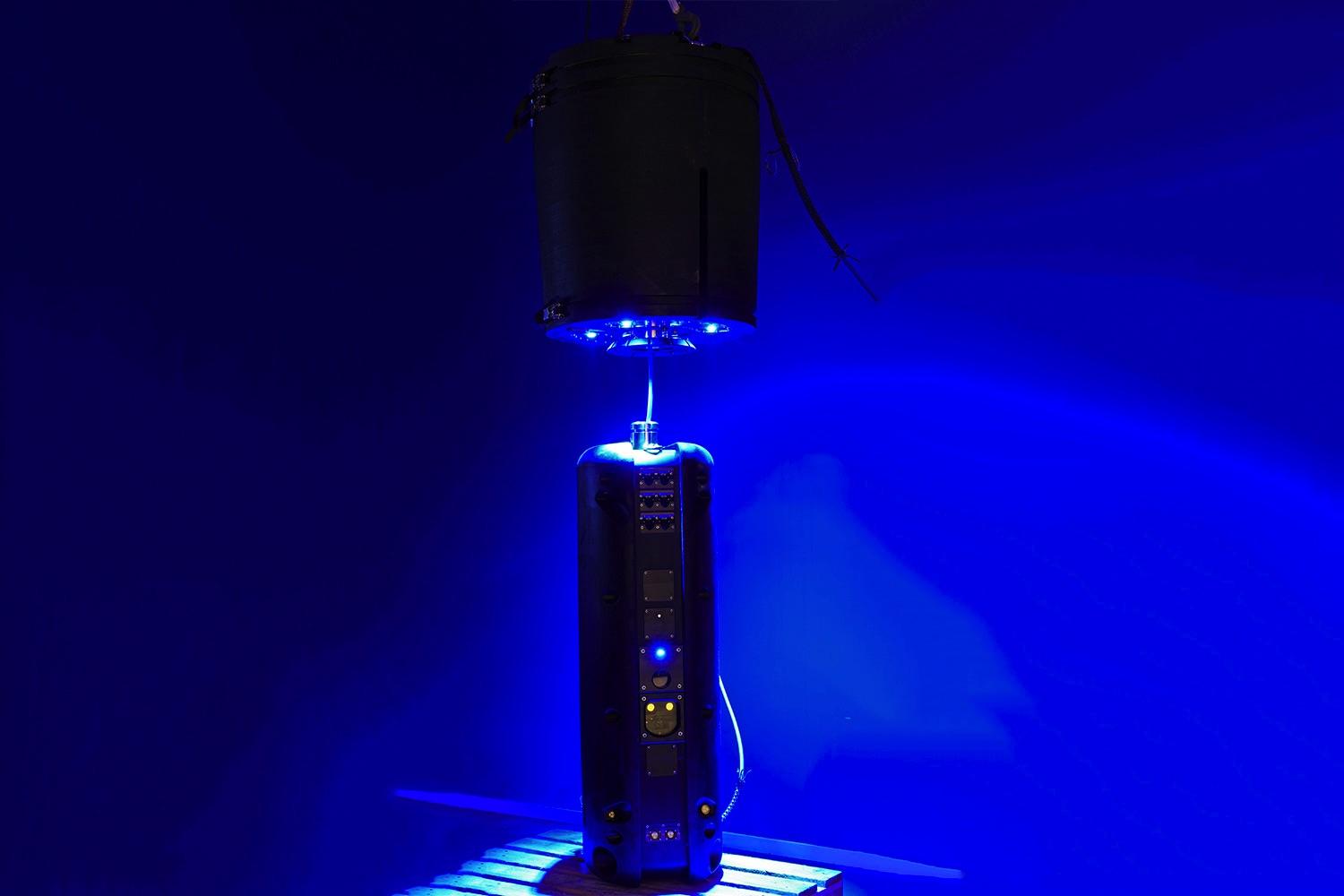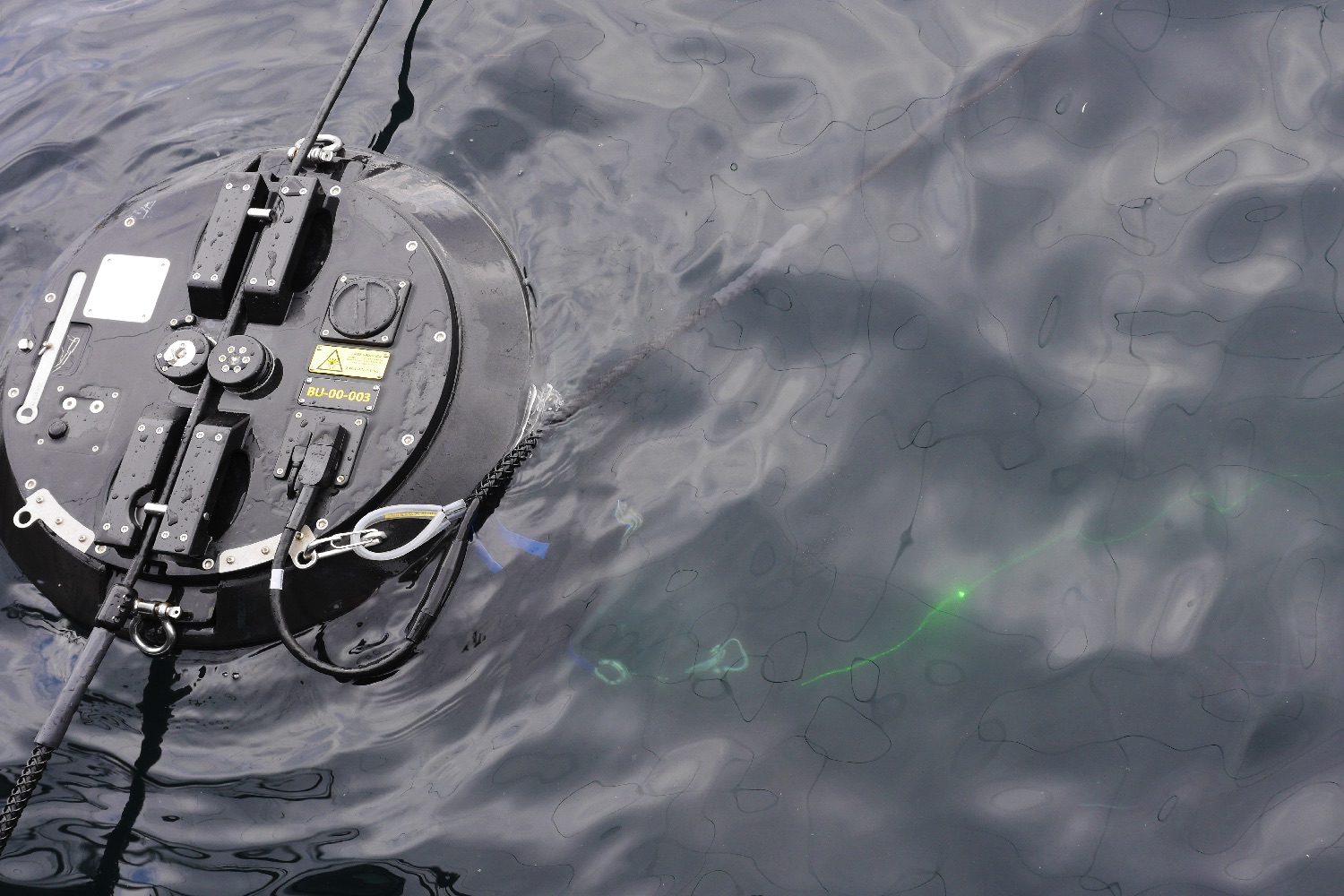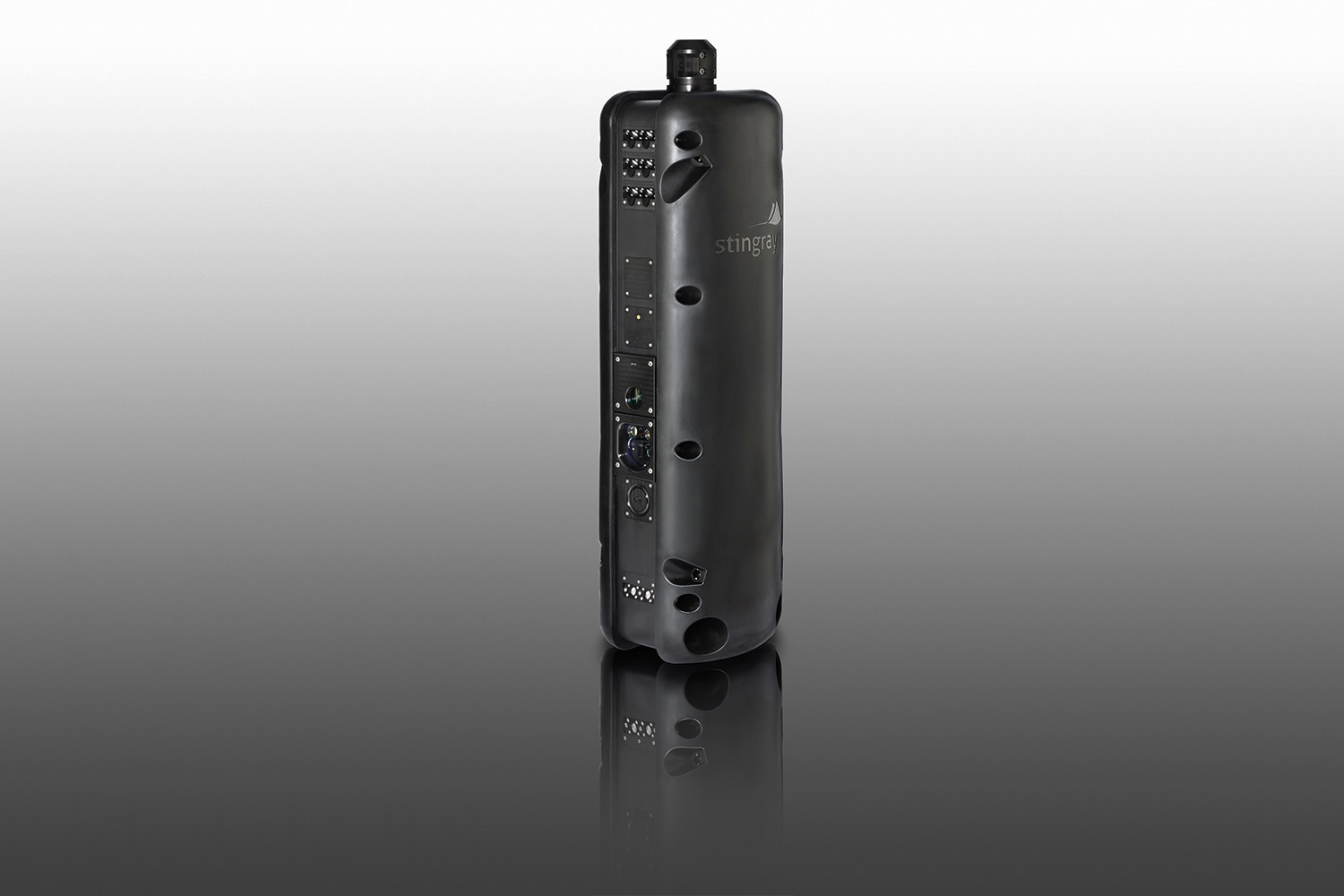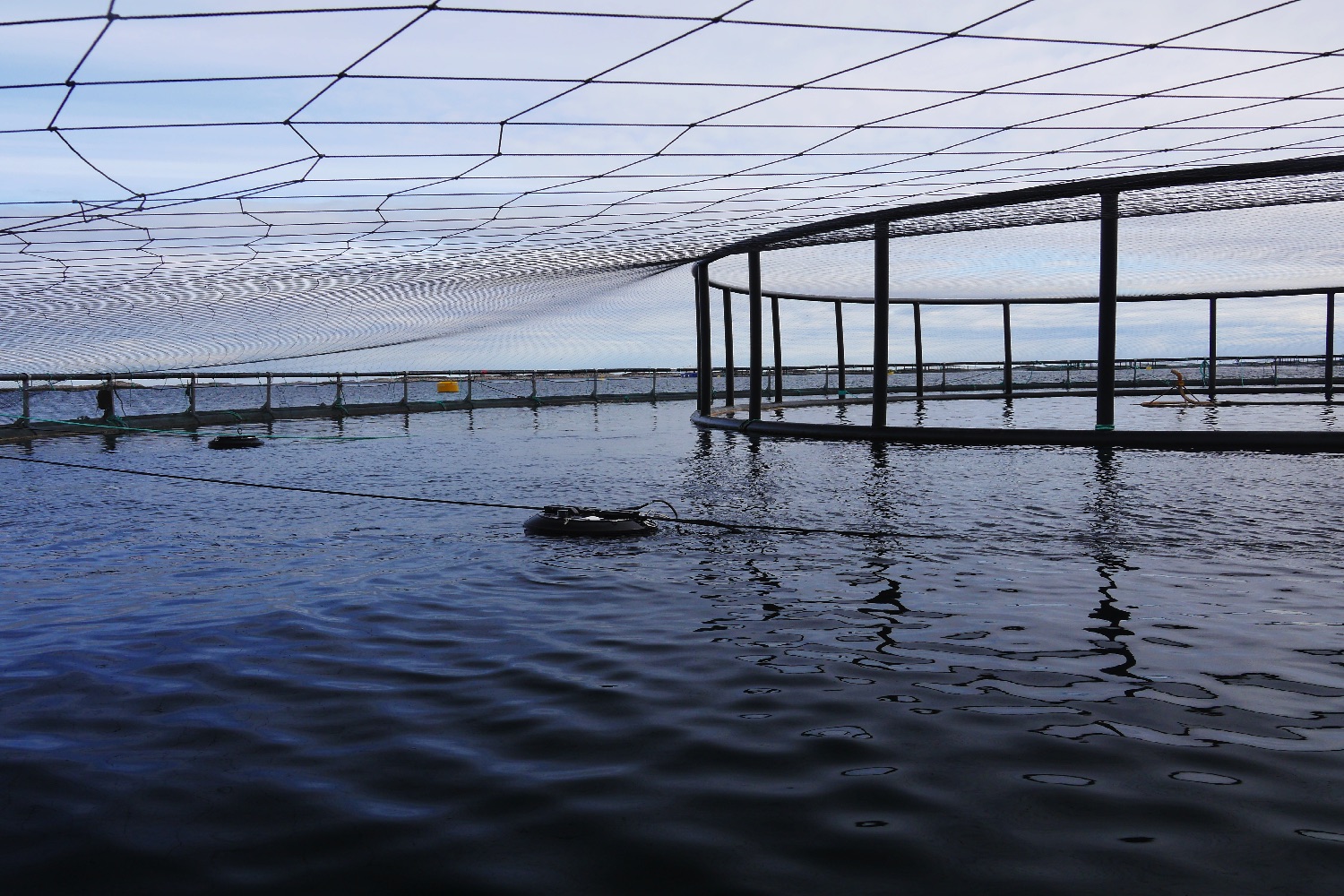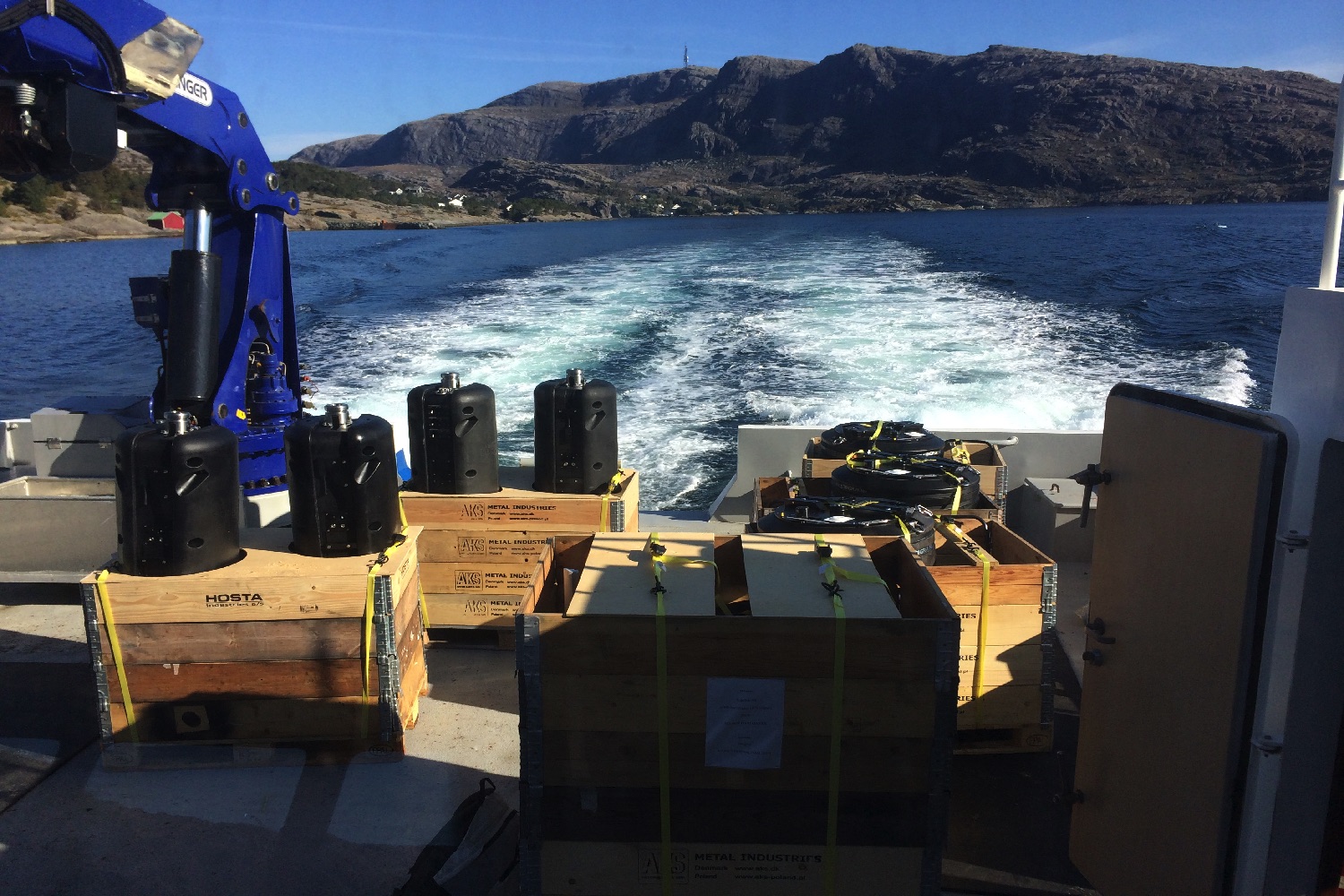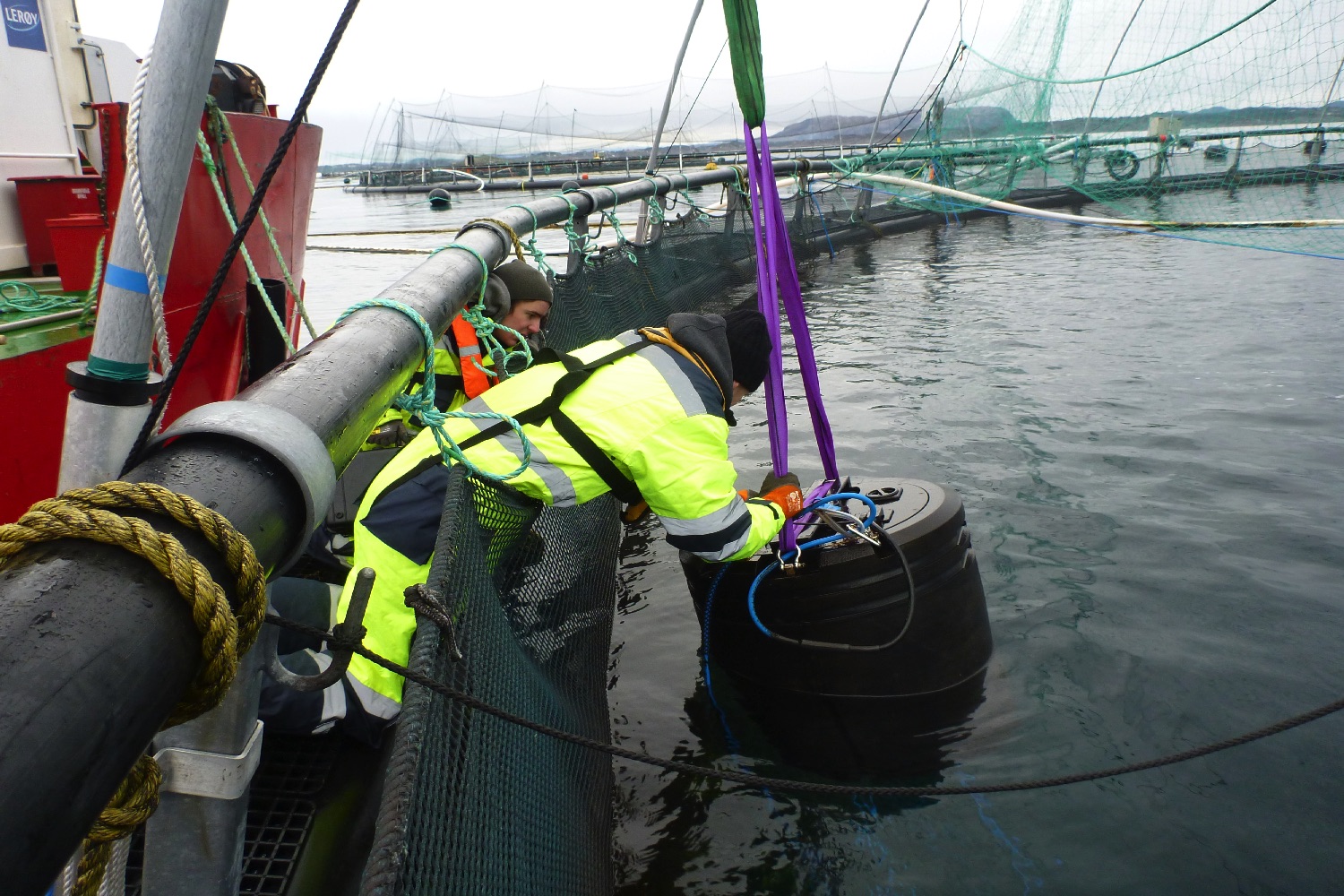Currently being employed in the North Sea fjords in Norway, along with a select few lochs in Scotland, a smart underwater drone developed by Stingray Marine Solutions is designed to help deal with the problem of sea lice. Didn’t know that salmon had lice? Don’t worry, you’re not alone.
“It’s not a problem that’s all that well known outside of the salmon farming industry in Norway,” John Breivik, general manager at Stingray, told Digital Trends. “In fact, it’s something that salmon farms are spending a lot of money to fight. The fish parasite itself comes from the wild, but it blossoms when you have a lot of biomass in the same place, which is exactly what you have with farms that have a high density of fish. It’s a problem that’s just exploding.”
These nasty underwater lice attach to salmon and then feed on them. It’s a massive issue, and one that salmon farmers collectively spend more than $1 billion annually battling. Considering that Norway is by far the biggest salmon farmer in the world, accounting for around half the 2.5 million tons of salmon farmed each and every year, it’s an especially big problem there.
Which is where Stingray’s drones come in.
“It’s a unit that you place in each salmon pen,” Breivik continued. “It’s an automated system, kitted out with cameras and lasers that can be guided wherever they’re needed. When a fish swims by, we have image-recognition software that detect the sea lice. The device then sends out a guided laser pulse of around 100 milliseconds to destroy them.”
The laser doesn’t injure the salmon because the salmon’s scales are reflective, so the laser bounces off them as if they’re swimming underwater disco balls. The sea lice, which resemble tiny shrimp, don’t fare quite so well, however. They absorb the full energy of the laser blast from a distance of up to 6.5 feet, and immediately fry up.
The image recognition that can spot these individual lice is a bit like the facial-recognition tools used by a number of companies, although spotting lice proves a lot more challenging than identifying faces.
“It’s pretty easy to identify a face, with two ears, a nose, a mouth,” Breivik said. “Compare that to a sea lice a couple of millimeters in size, that’s sitting on a moving target, and which needs to be dealt with in just a few milliseconds before the fish swims away.”
Amazingly, the technology works incredibly well. First made available in 2014, it’s since expanded to more than 100 salmon farms in Norway — and arrived in Scotland at the end of 2016.
Just one device can obliterate tens of thousands of lice every single day. That’s great for Norwegian salmon farmers, great for machine vision technology, and great for us.
We’ve always like fried shrimp, after all.
